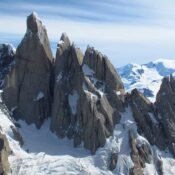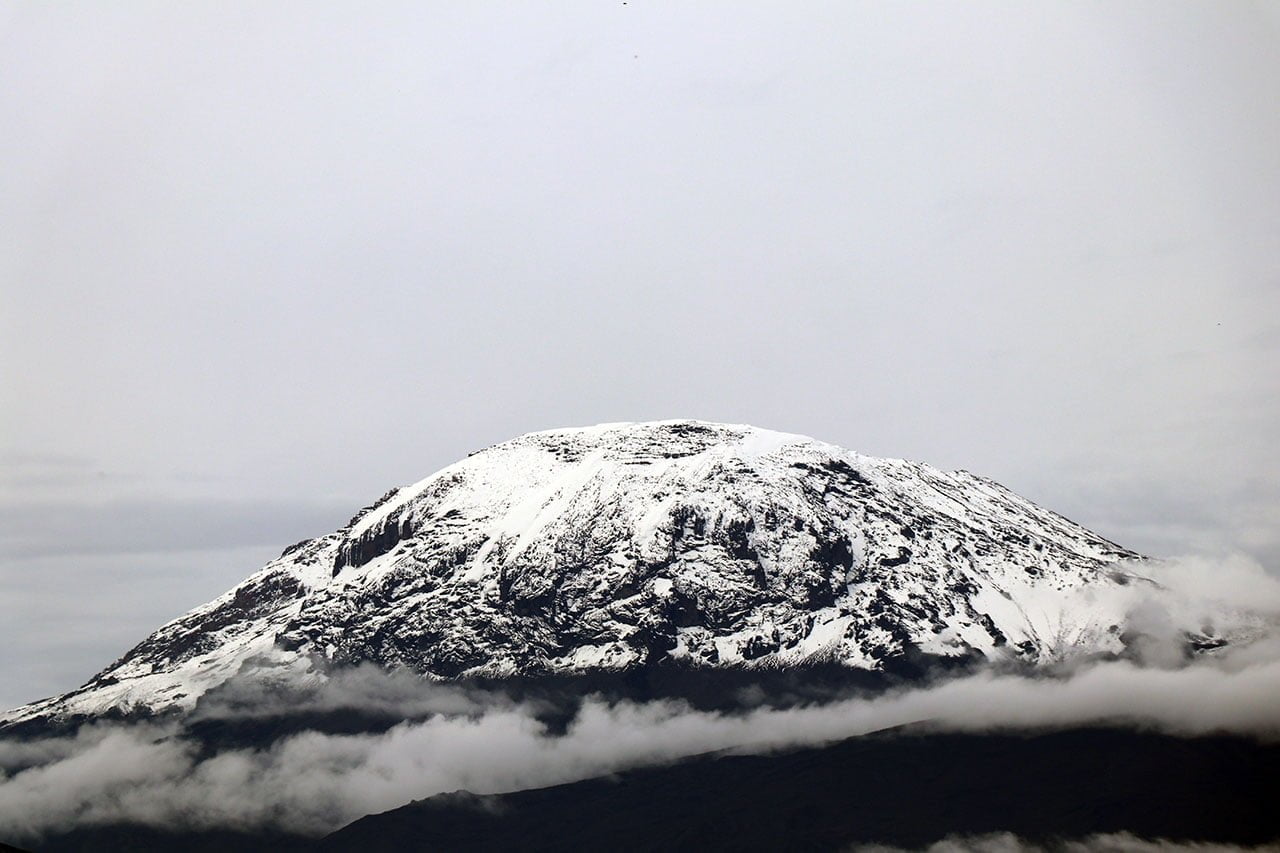
Kilimanjaro Packing List: Your Ultimate Guide to Climbing Mount Kilimanjaro
Kilimanjaro Packing List: A Simple Guide to Hike Mount Kilimanjaro — If you’re planning to conquer Africa’s tallest peak, what you pack can make or break your experience. This guide will walk you through every essential item you need to bring for a safe, successful, and unforgettable trek to the top of Mount Kilimanjaro.
Climbing Mount Kilimanjaro is an adventure of a lifetime, but to ensure a safe and successful ascent, proper preparation is essential. One of the most crucial aspects of this preparation is packing the right gear. This guide provides a comprehensive Kilimanjaro packing list, detailing the essential items you’ll need for your trek.
Understanding Kilimanjaro’s Unique Climate
Mount Kilimanjaro’s diverse ecosystems range from lush rainforests at the base to arctic conditions at the summit. Climbers will experience varying temperatures and weather conditions, necessitating a versatile packing strategy. Proper layering and the right equipment are crucial to adapt to these changes and ensure comfort and safety throughout the climb.
Before embarking on your Kilimanjaro adventure, it’s essential to understand the significance of proper packing. The mountain’s diverse ecosystems and varying altitudes demand gear that can handle extreme conditions. From the tropical rainforests at the base to the icy summit, each stage requires specific equipment to ensure safety, comfort, and success.
Essential Clothing for the Trek
Layering is key when it comes to clothing. Start with moisture-wicking base layers to keep sweat away from your skin. Add insulating mid-layers, such as fleece jackets, to retain body heat. Finally, top off with waterproof and windproof outer layers to protect against the elements. Don’t forget accessories like hats, gloves, and scarves to shield against sun exposure and cold temperatures.
- Base Layer: Moisture-wicking materials like merino wool or synthetic fabrics are ideal for both top and bottom layers. These materials help regulate body temperature and keep you dry.
- Mid Layer: A fleece jacket or pullover provides insulation. Brands like The North Face and Columbia offer reliable options.
- Outer Layer: A waterproof and windproof jacket is essential. Look for breathable materials like Gore-Tex to protect against the elements without overheating.
- Trekking Pants: Lightweight, quick-drying pants are recommended. Convertible pants that turn into shorts can be versatile for changing conditions.
- Headwear: A sun hat with a wide brim protects against the sun, while a warm beanie is necessary for summit night.
- Gloves: Lightweight gloves for lower altitudes and insulated gloves for higher elevations are crucial.
- Socks: Merino wool or synthetic socks are best. Bring liner socks to prevent blisters and thicker socks for summit night.
Footwear and Gaiters
Sturdy, waterproof hiking boots with ankle support are vital for navigating Kilimanjaro’s diverse terrain. It’s advisable to break in your boots before the climb to prevent blisters. Gaiters are also recommended to keep debris and moisture out of your boots, ensuring dry and comfortable feet throughout the trek.
From waterproof boots to layering systems, every item on this Mount Kilimanjaro hiking checklist plays a role in your comfort and summit success. Follow this guide and leave nothing behind but footprints and memories.
- Hiking Boots: Sturdy, waterproof boots with ankle support are essential. Brands like Salomon, Merrell, and Columbia offer excellent options.
- Camp Shoes: Lightweight sandals or sneakers are ideal for relaxing at camp.
- Gaiters: These protect your legs from mud, rocks, and debris, especially in the rainforest zone.
Sleeping Gear
Pack a 4-season sleeping bag rated for cold conditions. Nights at higher altitudes can drop below freezing, so staying warm is crucial for a good night’s rest.
- Duffel Bag: A 80-90L waterproof duffel bag is recommended for porters to carry your main gear.
- Daypack: A 30-40L daypack is necessary for carrying essentials during the trek.
- Sleeping Bag: A 4-season sleeping bag rated to -10°C (14°F) is essential for cold nights.
- Sleeping Pad: An inflatable or foam pad provides insulation from the cold ground.
- Trekking Poles: Adjustable poles help reduce strain on your knees and improve stability.
Hydration and Nutrition
Staying hydrated is crucial during the climb. Carry a hydration system that allows easy access to water while trekking. Electrolyte tablets can help replenish minerals lost through sweat. High-energy snacks, such as nuts, energy bars, and dried fruits, are also important to maintain energy levels during the ascent.
Use a 3-liter water bladder, add purification tablets, and bring snacks like trail mix and protein bars. Hydration = energy = success.
- Water Bottles/Bladder: Carry at least 3 liters of water. Hydration bladders are convenient, but ensure they don’t freeze.
- Water Purification Tablets: These are necessary for treating water from streams.
- Snacks: High-energy snacks like energy bars, nuts, and dried fruits are recommended.
Personal Hygiene and Health
Maintaining hygiene is challenging on the mountain, but it’s important for comfort and health. Pack biodegradable soap, hand sanitizer, and wet wipes for cleaning. A basic first aid kit, including blister treatment, pain relievers, and any personal medications, is essential. It’s also wise to carry insect repellent and sunscreen to protect against bites and sunburn.
- Toiletries: Biodegradable soap, toothbrush, toothpaste, and feminine hygiene products.
- Wet Wipes: Since showers aren’t available, wet wipes are essential for cleaning.
- Sunscreen: High SPF sunscreen and lip balm with SPF protect against sunburn.
- First Aid Kit: Include blister treatment, pain relievers, and any personal medications.
Documentation and Miscellaneous Items
Ensure you have all necessary documents, including your passport, visa, and travel insurance details. A small lock for your duffel bag can provide added security. A camera or smartphone with extra batteries will help capture the unforgettable moments of your journey. A headlamp with extra batteries is essential for nighttime activities, especially during summit night.
- Camera: A lightweight camera or smartphone with extra batteries.
- Power Bank: Solar chargers are useful, but ensure they’re compatible with your devices.
- Headlamp: A reliable headlamp with extra batteries is essential for night activities.
- Passport and Visa: Required for entry into Tanzania.
- Travel Insurance: Must cover high-altitude trekking.
- Vaccination Certificate: Yellow fever vaccination is mandatory.
- Cash: Small denominations for tips and emergencies.
Packing Tips
- Test Your Gear: Before the trek, test all your gear to ensure it functions properly and is comfortable to use.
- Pack Light: While it’s important to have the necessary items, avoid overpacking. Focus on essentials to keep your load manageable.
- Use Dry Bags: Protect electronics and important documents from moisture by packing them in dry bags.
- Stay Organized: Use packing cubes or ziplock bags to keep items organized and easily accessible.
Sample Packing List
Here’s a sample packing list to help you get started:
- Clothing: 2 base layer tops, 2 base layer bottoms, 1 fleece jacket, 1 insulated jacket, 1 waterproof jacket, 2 pairs of trekking pants, 1 sun hat, 1 beanie, 1 pair of gloves, 1 pair of liner socks, 3 pairs of trekking socks.
- Footwear: 1 pair of hiking boots, 1 pair of camp shoes, 1 pair of gaiters.
- Gear: 1 duffel bag, 1 daypack, 1 sleeping bag, 1 sleeping pad, 1 set of trekking poles.
- Hydration and Nutrition: 3 liters of water capacity, water purification tablets, snacks.
- Personal Items: Toiletries, wet wipes, sunscreen, first aid kit.
- Electronics: Camera, power bank, headlamp.
- Documentation: Passport, visa, travel insurance, vaccination certificate, cash.
If you’re unsure what to bring or worried about overpacking, this Kilimanjaro Packing List: A Simple Guide to Hike Mount Kilimanjaro was crafted to help you pack smart, stay light, and feel confident from day one.
Final Thoughts
Using this Kilimanjaro Packing List: A Simple Guide to Hike Mount Kilimanjaro ensures you’re equipped for every climate zone and ready to handle the adventure ahead. The right gear makes the difference between a rough trip and an incredible memory. Pack wisely, climb strong, and enjoy the view from the Roof of Africa!
If you need further assistance or have questions about specific gear, feel free to ask. Safe travels and happy climbing!





